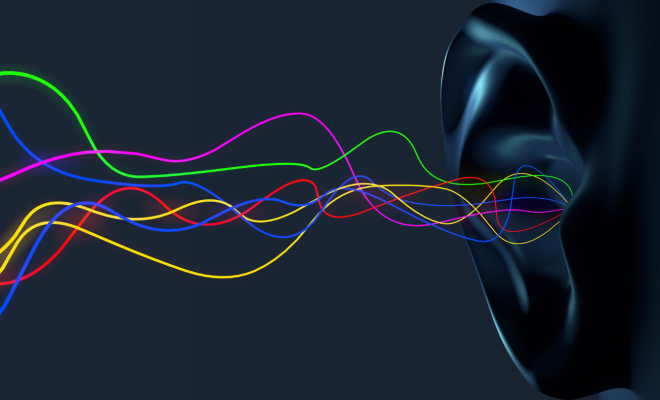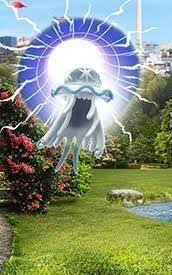Discovering the Best Noise Color for Sleep: White, Brown, Pink, or Blue?

Introduction:
When it comes to getting a good night’s sleep, it seems like everyone has their own unique remedies and recommendations. One technique that many have found helpful is the use of sound machines or apps that produce specific types of noise to help drown out other disturbances. White noise has been a popular option for some time, but brown, pink and blue noise are also on the rise. This article will explore the differences between these noise colors and help you determine which one is best suited for your sleep needs.
White Noise:
White noise consists of all frequencies played simultaneously at an equal intensity. In many ways, it’s the “classic” choice; the steady hum mimics natural sounds like rain or a fan, which tend to be soothing to most individuals. White noise effectively masks outside noises that may disrupt sleep, making it an ideal choice for light sleepers or those who live in noisy environments.
Brown Noise:
Brown noise, also called “red noise,” is similar to white noise but with a focus on lower frequency sounds. Its deep, rumbling quality resembles the sound of ocean waves or a thunderstorm in the distance. Brown noise can be particularly beneficial for people who find lower pitches more comforting than higher ones and may help relax those with anxiety or stress-related sleep issues.
Pink Noise:
Pink noise is marked by its equal energy distribution across all octaves rather than individual frequencies. This balance creates a natural-sounding ambience with soothing qualities similar to both white and brown noise. Pink noise has been found effective in enhancing memory recall and improving sleep quality in some studies. It may be especially helpful for individuals sensitive to sudden loud noises or those who find white noise too high-pitched.
Blue Noise:
Blue noise differs from the other options as it emphasizes higher frequencies more than lower ones, which creates a “smooth” yet “energetic” sound. While blue noise may not be the most conducive to sleeping for some due to its higher pitches, it can still be effective in focusing or as a study aid while working or studying during the day.
Conclusion:
There is no definitive winner when it comes to choosing the most suitable noise color for sleep – it mostly comes down to personal preference. To find the best option for you, consider your environment, sensitivities to specific sounds, and any sleep-related issues you might face. Experimenting with different noise colors can be an invaluable part of fine-tuning your sleep routine and achieving a restful night.






